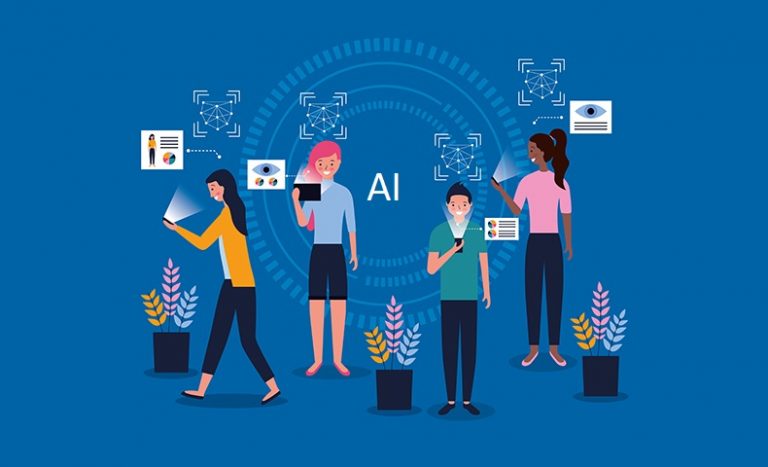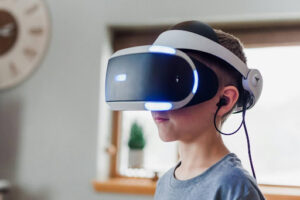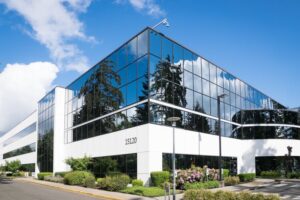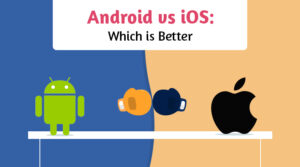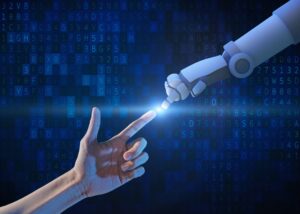A lot of us use the terms artificial intelligence (AI) and automation interchangeably to describe the technological take over in the human-operated processes, and a lot of us would stare blankly at the person who asks the difference between the two. I know I did when I was asked the same.
It has been common to use these words interchangeably, even in professional use, to describe the innovative advancement in the regular processes. However, in actuality, these terms are not as similar as you think them to be. There are huge differences between the intricacy levels of the two.
While automation means making software or hardware that can get things done automatically with minimal human intervention, artificial intelligence refers to making machines intelligent. Automation is suitable for automating the repetitive, daily tasks and may require minimum or no human intervention.
It is based on specific programming and rules. If an organization wishes to convert this automation into AI, it will need to power it with data. Such data is termed as big data and comprises of Machine Learning, graphs, and neural networks. The output of automation is specific; however, AI carries the risk of uncertainty just like a human brain.
AI and automation play a vital role in the modern workplace simultaneously due to the availability of vast data and rapid technological development. Although the Gartner Survey claims that more than 37% (one-third) organizations use artificial intelligence in some form, these digits do not consider the implementation complexities.
While it is true that both of these advancements make our work easy, many employees believe that AI and automation are here to take over their jobs. Job loss is an unavoidable phenomenon and is going to take place, automation, or not. However, the evolved job replacing the traditional one is going to be more engaging and productive compared to the outdated ones.
“Stephen Hawking said, “The development of full artificial intelligence could spell the end of the human race.”
Automation
Look around. You’ll find yourself surrounded by the automated systems. The reason you don’t have to wait for long hours at the bank or the reason you don’t have to rewrite the same mail a thousand times is automation. Automation’s sole purpose is to let machines take over repetitive, tedious, and monotonous tasks.
The primary benefit of employing automation in your business processes is that it frees up the employees’ time, enabling them to focus on more critical tasks. These tasks are those that require personal skill or human judgment. The secondary benefit is the efficiency of business with reduced cost and a productive workforce.
Organizations are more open to adopting automated machinery despite its high installation charges because the machinery never requires a sick leave or a holiday. It always gets the work done on time, without a break.
The point to consider for its differentiation from AI is that the machines are all piloted by manual configuration. It is a conceptualized way of saying that you have to configure your automation system to suit your organization’s needs and requirements. It is nothing superior to a machine that has the smarts to follow orders.
Artificial Intelligence
We want machinery that could replicate the human thought process, but we do not wish to experience the real-life cases of Interstellar, The Matrix, or Wall-E. That is a precise summation of AI – assisting human life without taking control of it. It is a technology that mimics what a human can say, so and think but won’t be stirred by natural limitations like age and death.
Unlike automation, AI is not compatible with repetitive tasks or following orders. Its purpose is to seek patterns, learn from experience, and select the appropriate responses in certain situations without depending on human intervention or guidance.
“According to Market and Markets, by 2025, the AI industry will grow up to a $190 billion industry.”
Differences In AI And Automation
As discussed above, people use the terms – AI and Automation – interchangeably. These terminologies have different objectives. AI’s main objective is to create brilliant machines to carry out the tasks that require intelligent thinking. It is the engineering and science of making devices so smart that they can mimic human behaviour and intelligence.
AI creates technology that enables computers and machines to think and behave like humans and learn from them. On the contrary, automation focuses on simplifying and speeding up the routine, repetitive tasks to increase the efficiency and quality of the output with minimum to no human intervention. Besides their terminology and objectives, AI and automation differ on the following basis.
| Sr. No. | Basis of Differentiation | Automation | Artificial Intelligence |
| 1. | Meaning | It is a pre-set program that self runs to perform specific tasks. | It is engineering the systems to have human-like thinking capability. |
| 2. | Purpose | To help the employees by automizing the routine, repetitive, and monotonous processes to save time. | To help the employees by making machines that can carry out the tasks that require human-like intelligent thinking and decision making. |
| 3. | Nature of tasks performed | It performs repetitive, routine, and monotonous tasks. | It performs more intelligent and critical tasks that require the thinking and judgment of the human brain. |
| 4. | Added Features | It does not have highly exclusive added features. | It involves self-learning and development from experiences. |
| 5. | Human Intervention | It may require a little or least human intervention (to switch the system on/ off) | It requires no human intervention as it takes the necessary information from the data and self-learns from the experiences or data feeds. |
How Are AI And Automation Connected?
Now that we have seen what differentiates them from each other and have understood the meaning of each individually let’s see what similarities they hold.
There is one single thing that drives both AI and automation, and that is data. The automated devices collect and combine the data while the systems with artificial intelligence understand it. Indeed, the success or failure of a company depends on numerous factors like increased productivity, employees’ ability to contribute to the organization’s expansion, and business efficiency.
However, the factor more significant than any of these is data. The automated machinery relentlessly and obsessively feeds on the data. With artificial intelligence employed in the systems and automated machines chewing on the data, the companies can make smarter business decisions than before.
The two systems are highly compatible. The businesses flourish at an entirely different level when these two are combined. Take the example of the modern-day cloud-based payroll solution. The software does the task of calculation or allocation of payroll with the help of programming. AI comes into the picture by taking the data of individual employees and passing it to the automated calculative system and taking the calculated amount and transferring the amount into individual employees’ accounts.
It coordinated with software like leave management or attendance management to maintain accuracy in the calculation process. The program calculates as it is programmed to do, without checking whether the data is correct or not. It is AI that sorts the information and gives relevant data to the program to calculate the payroll, thereby becoming the “brain” of the software.
A combination of AI and automation can birth a software that requires no human intervention and gives 100% accuracy and lawful compliance of the process. It is, however, just the tip of the iceberg. Imagine how powerful the organizations can become in the future by coupling the machines capable of collecting massive amounts of data with the systems that can brilliantly make that information meaningful.
“The famous futurologist and visionary and CEO of Tesla — Elon Musk — said that Robots and AI will be able to do everything better than us, creating the biggest risk that we face as a civilization.”
Final Thoughts
When we think about how technology has changed everything about our lives, we observe that technologies such as automation and AI are becoming more dominant forms of brilliance and are plunging themselves into our environments. The fact – AI has transformed from being our assistant to something so powerful while the automated systems are swiftly outperforming us in many pursuits – is not bogus.
Technology is all about exploring the possibilities, and that is precisely what AI and automation serve. They explore new opportunities to outsmart the human brain. That being said, artificial intelligence is about making the machines smart to supersede human brilliance and behaviours, while automation simplifies and speeds up processes with minimal or zero human intervention.

